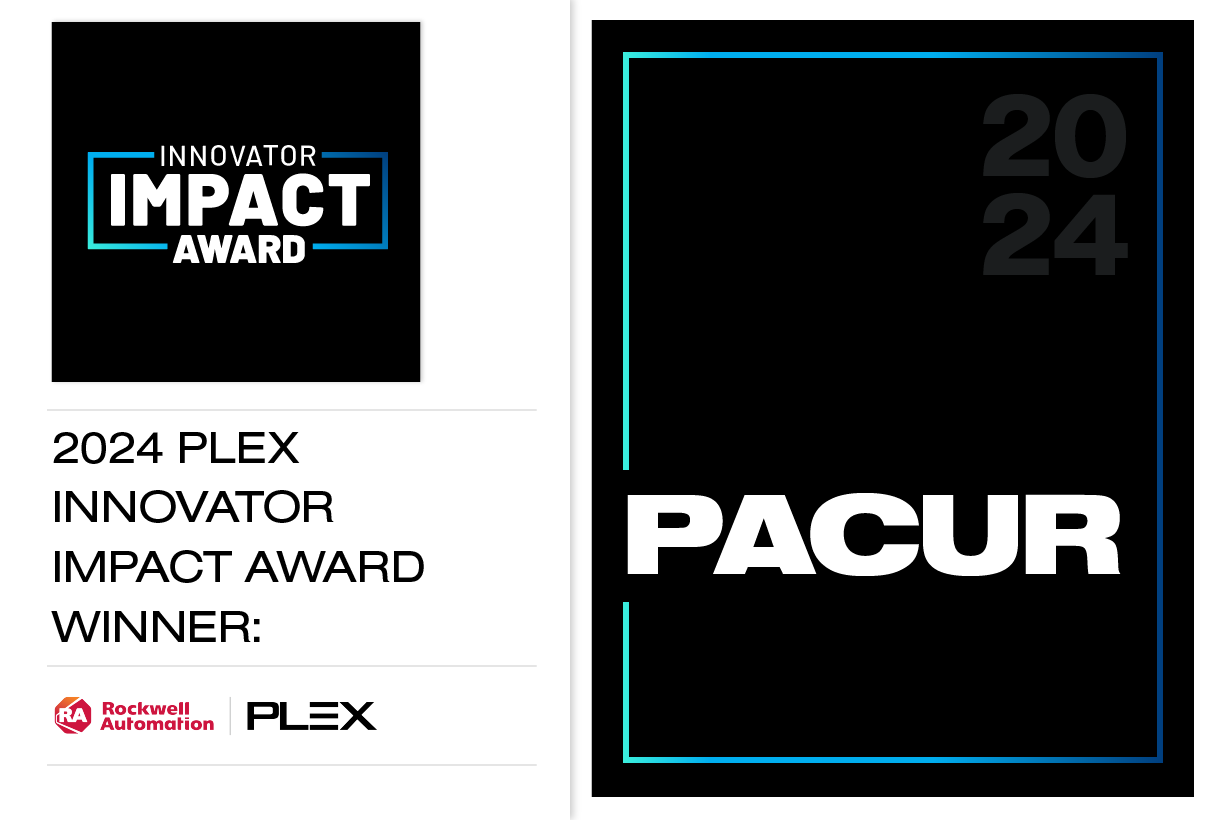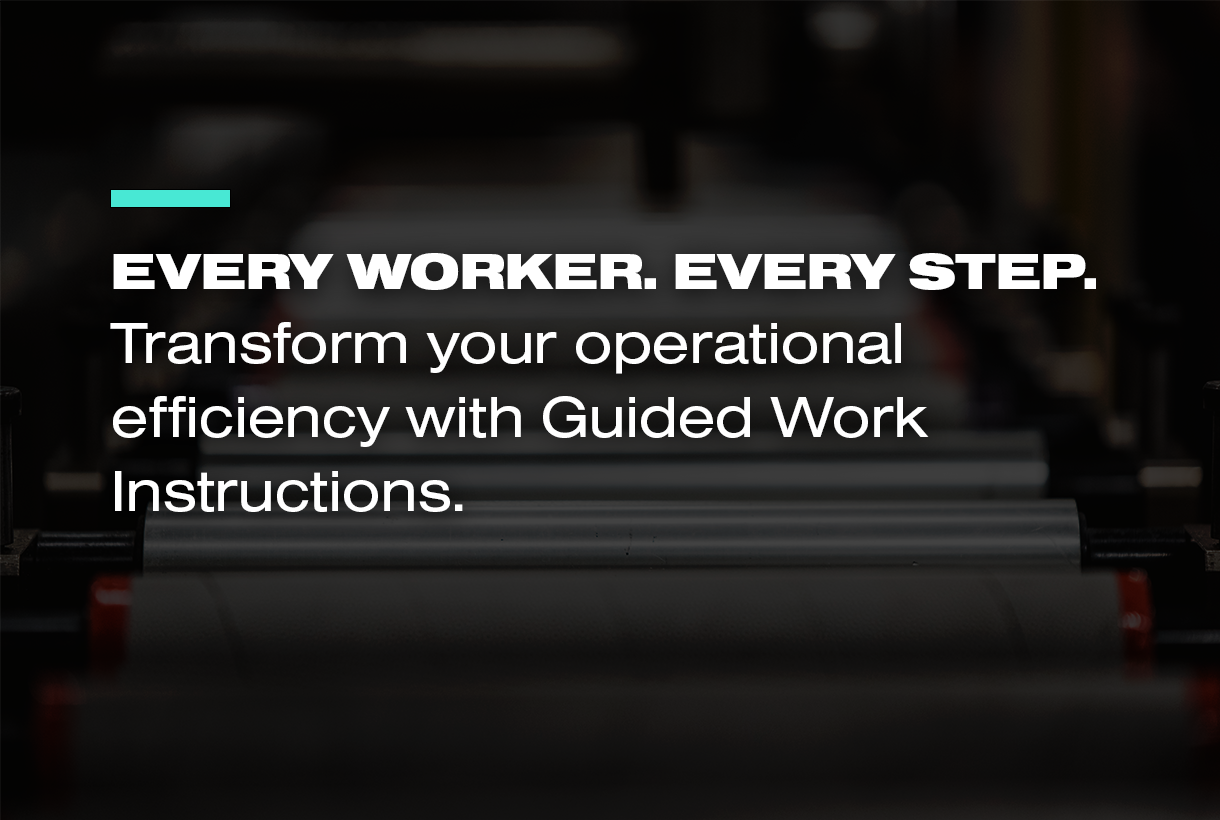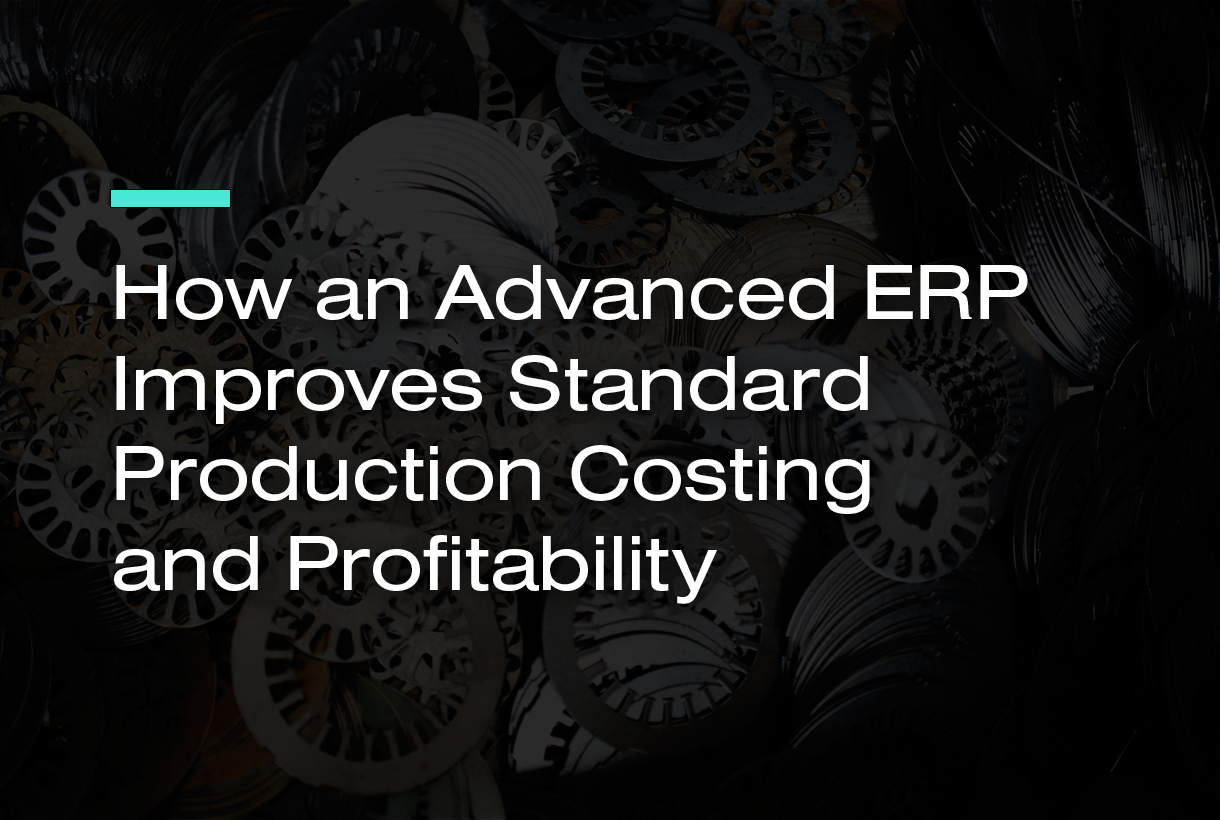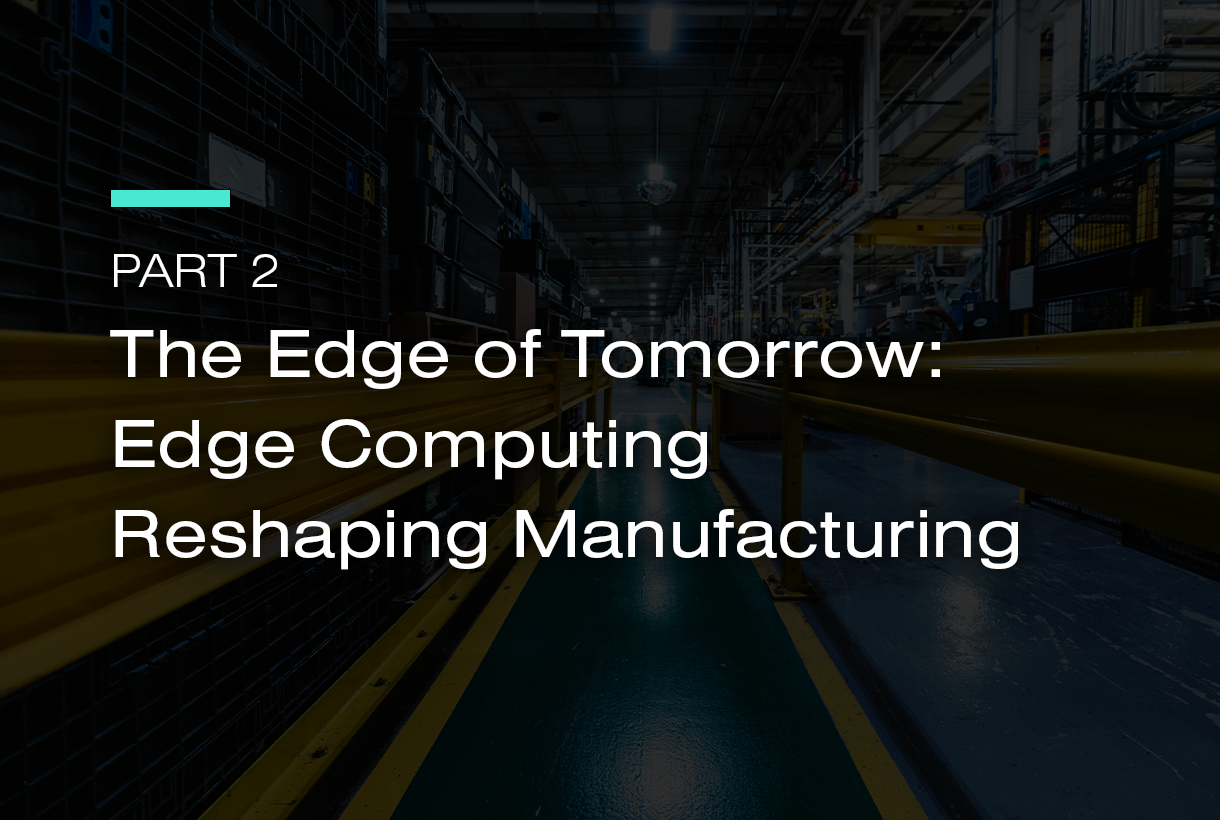
Heading
Smart Manufacturing Blog
Description
Welcome to your source for all things smart manufacturing. Whether you’re looking for expert insights, hard data, or actionable tips for your plant floor, we’ve got you covered every week of the year.
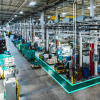
Now Available!
Get your copy of the 7th Annual State of Smart Manufacturing and hear from 300+ manufacturers in this new survey report!
Modern Manufacturing
Plex Manufacturing Blog
2024 Plex Partner of the Year: Cumulus Consulting, LLC
.responsive-iframe { position: relative; width: 100%; padding-bottom: 56.25%; /* 16:9 aspect ratio */ height: 0; overflow: hidden; } .responsive-iframe iframe { position: absolute; top: 0; left: 0; width: 100%; height: 100%; border: 0; } ...
Read MoreThe Future of Manufacturing Quality: Lessons from the 10th Annual Smart Manufacturing Report
Quality in manufacturing is the foundation of operational excellence, customer satisfaction and long-term profitability. But according to the 10th Annual State of Smart Manufacturing report, manufacturers across the globe are struggling to balance quality and profitable growth. ...
Read MoreThe 2024 Transformer Impact Award: Chelsea Milling Company Finds the Perfect Mix for Success With Plex
.video-container { width:100%; position: relative; padding-bottom: 56.25%; /* 16:9 aspect ratio */ height: 0; overflow: hidden; max-width: 100%; background: #000; margin-bottom: 40px; } .video-container iframe { position: absolute; top: 0; left: 0; width: 100%; height: 100%; } ...
Read MoreThe 2024 Innovator Impact Awards: Pacur Improves On-Time, In-Full (OTIF) and Increases Production Capacity with Plex ERP
Your browser does not support the video tag. Should you find yourself visiting a hospital, you’ll most likely be in the company of plastic material supplied by Pacur....
Read MoreHow to Win a Food Fight with the Competition: Digitizing Connections Between the Top Floor and the Plant Floor
When it comes to the competitive food and beverage landscape, the strongest hand always wins. Your team should do everything it can to stack the deck in its favor and go for the royal flush. This means not just collecting the highest value cards, but having them all in the same suit as well.You need to know that your operations are aligned at every level from the top floor to the plant floor –…
Read MoreEvery worker. Every step. Transform your operational efficiency with Guided Work Instructions.
Maximized production capacity and high quality, made possible by knowledgeable and engaged workers. Sounds great, doesn’t it?...
Read MoreHow an Advanced ERP Improves Standard Production Costing and Profitability
With turbulent supply chains and an ever-shifting industry landscape, there’s no way to know your precise manufacturing costs in advance. However, you can rely on standard costing to provide reasonable estimates – if you have the right tools to tackle the task. Advanced enterprise resource planning (ERP) systems can provide cost visibility, resource planning, and real-time analytics to make…
Read MoreYou Can't Climb the Whole Mountain at Once
Adopting new technologies within your manufacturing operations is a lot like climbing a mountain. You can only go so far so fast – and pushing too hard without the right support can leave your systems overwhelmed. Instead, you need to plan your approach carefully and adjust as you go. Luckily, choosing the right tools at the right time will let you adapt just fine.In smart manufacturing, modern…
Read MoreThe Edge of Tomorrow: Edge Computing Reshaping Manufacturing
In the vast expanse of a modern factory floor, the rhythms of production echo beneath the vigilant gaze of towering machinery. Workers and robots perform in a well-choreographed ballet of precision and speed. This industrial symphony is orchestrated by a frequently overlooked catalyst of contemporary innovation – edge computing....
Read MoreThe Edge of Tomorrow: Unveiling the Potential of Edge Computing
The landscape of technology has continually evolved. From the early mainframes of the 1950s and the initial days of server rooms to the expansive possibilities of the cloud, we have always pursued the next technological plateau. Our journey has now taken us to the edge—a place where technology converges to create a new horizon: edge computing....
Read More

